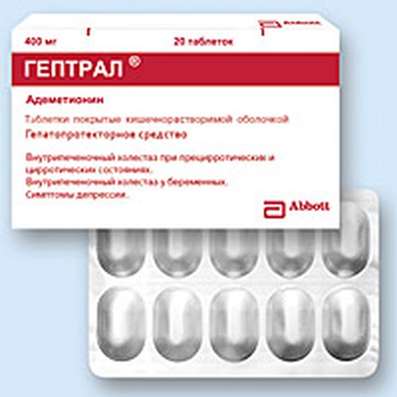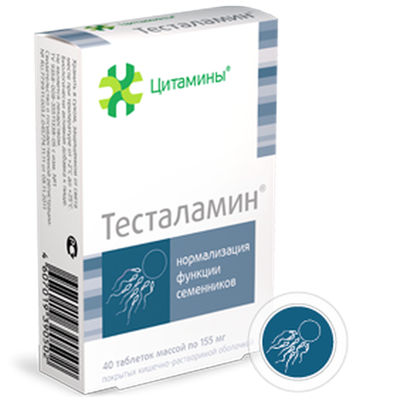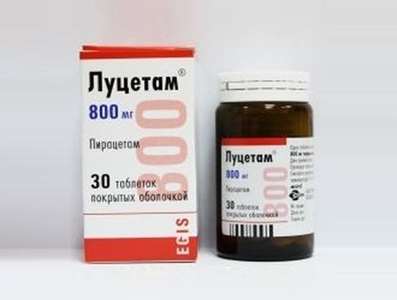Instruction for use: Dinoprost
I want this, give me price
The Latin name of the substance Dinoprost
Dinoprostum (genus. Dinoprosti)
Chemical name
(5Z, 9alpha, 11alpha, 13E, 15S) -9,11,15-Trihydroxyprosta-5,13-diene-1-oic acid (and as a salt with tromethamine)
Gross Formula
C20H34O5
Pharmacological groups:
Uterotonics
Prostaglandins, thromboxanes, leukotrienes and their antagonists
The nosological classification (ICD-10)
O04 Medical abortion: Artificial abortion; Medical abortion; Abortion artificial; Vacuum aspiration; Abortion
O83.9 Obstetrical allowance for single-childbirth, unspecified: Induction of labor; Childbirth
P95 Death of fetus for unspecified reason: Stillbirth; Intrauterine fetal death
CAS Code
551-11-1
Characteristics of the substance Dinoprost
White powder. Slowly soluble in water, soluble in methanol and very little - in chloroform.
Pharmacology
Pharmacological action - stimulating labor activity, uterotonizing.
Refers to prostaglandins - PGF2aulfa. Has a pronounced stimulating effect on the myometrium at any time of pregnancy and at any degree of cervical dilatation (due to direct influence on specific functional structures of myometrium cells). Increases the blood levels of acetylcholine, activates adenylate cyclase (accumulates cAMP), stimulates the motility of the gastrointestinal tract.
It is destroyed by 15-dehydrogenase of PG in the liver, endothelium of pulmonary and vessels of other organs. It is excreted mainly by the kidneys (90% in the form of metabolites for 5 hours), about 5% - through the intestine.
Application of substance Dinoprost
Intraamnotichesky introduction: interruption of pregnancy (at a period of 16-20 weeks when calculating the first day of the last normal menstruation). IV introduction: induction of labor (in time), expulsion of the contents of the uterine cavity in the case of intrauterine fetal death in the III trimester of pregnancy.
Contraindications
Hypersensitivity, bronchial asthma (including history), COPD, lung disease in the acute stage, ulcerative colitis, Crohn's disease, thyrotoxicosis, glaucoma, acute infections, inflammatory diseases of the pelvic organs (including clinically pronounced chorioamnionitis, Cervicitis), rupture of fetal membranes (increased risk of intravascular absorption of dinoprost), clinically narrow pelvis, significant disparity in the size of the pelvis of the mother and fetal head, incorrect fetal presentation, uncontrolled arterial hypertension, sickle Ovidocellular anemia, caesarean section or large surgical interventions on the uterus (in the anamnesis), difficult and / or traumatic births in the anamnesis, 6 or more full-term pregnancies (in the anamnesis), spotting from the genital tract of unknown etiology during pregnancy, previous distress The fetus.
Restrictions on the use
Diseases of the cardiovascular system (including in the anamnesis), incl. Arterial hyper- or hypotension (including in the anamnesis), acute conditions with heart diseases; Epilepsy (including history), diabetes mellitus, acute liver disease (including history), jaundice (including anamnesis), acute kidney disease (including in the anamnesis) , Preeclampsia, narrowing of the cervix, developmental defects of the uterus, fibrosis of the uterus, anemia (in the anamnesis).
Application in pregnancy and lactation
It is used in pregnancy strictly according to indications. The effect of dinoprost on the fetus is not fully understood.
Side effects of Dinoprost
From the cardiovascular system and blood (hematopoiesis, hemostasis): increased blood pressure, lability of blood pressure, tachycardia, the development or worsening of heart failure, AV-blockade II stage, ventricular arrhythmia, bradycardia; Heart failure, DVS-syndrome, pulmonary embolism, thrombophlebitis of pelvic veins, petechiae, nosebleeds.
On the part of the respiratory system: dyspnea, cough, hyperventilation of the lungs, bronchospasm.
From the nervous system and sensory organs: headache, dizziness, drowsiness, weakness, loss of consciousness, euphoria, paresthesia, diplopia, burning in the eyes, miosis.
On the part of the intestine: nausea, vomiting, diarrhea, paralytic intestinal obstruction, hiccough, abdominal pain.
On the part of the genitourinary system: increased contractility of the uterine musculature, pain in the uterus, rupture of the uterus, urinary incontinence, dysuria, hematuria, atony or hypertension of the bladder.
Other: bradycardia in the fetus, low index on the Apgar scale in the newborn; Allergic reactions, anaphylactoid reactions, chills, fever, postpartum infections, hypovolemic shock, increased sweating, muscle spasms, polydipsia, pain of varying localization and intensity; With iv introduction - phlebitis, hyperthermia.
Interaction
It is not recommended to apply simultaneously with other drugs that increase the uterine contractility: an excessive increase in myometrium tone, leading to rupture of the uterus or cervix, especially if there is no adequate opening. Furosemide inhibits the metabolism and excretion of the metabolites of dinoprost in the kidneys. Progesterone reduces the toxic effect of dinoprost.
Routes of administration
Intraamnially, IV.
Precautions for the substance Dinoprost
Dinoprost can be used only in obstetric-gynecological hospitals in the presence of an intensive care unit.

 Cart
Cart





